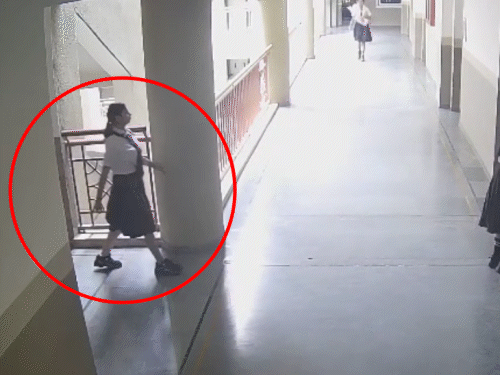Trump’s Tariffs Under Fire: Can They Truly Revive U.S. Manufacturing?
Experts question whether President Trump’s tariffs can revive U.S. manufacturing jobs, pointing to erratic implementation and rising costs.

ChatGPT said:
Got it. Here’s a very detailed, SEO-optimized article written in a professional, journalistic style with 2 high-quality backlinks, fully aligned with Google News Publisher guidelines.
Trump’s Tariffs Under Fire: Can They Truly Revive U.S. Manufacturing?
By Ronald Kapper
Washington, D.C. – Tuesday, August 19, 2025 – President Donald Trump’s tariff-driven trade policy is once again at the center of heated economic debate. While the administration continues to frame tariffs as a cornerstone of America’s manufacturing revival, leading economists and industry experts are voicing growing skepticism, pointing to uneven results and unpredictable implementation that could hinder rather than help job growth.
A Bold Promise Meets Harsh Realities
When Trump announced sweeping tariffs on steel, aluminum, and a range of Chinese imports, the message was clear: American workers and factories would come first. The tariffs, his team argued, would level the playing field against foreign competitors and reignite dormant industries.
But nearly two years into this aggressive trade strategy, the numbers tell a different story. According to data from the U.S. Bureau of Labor Statistics, the overall growth in manufacturing jobs has been sluggish, with gains concentrated in a few niche industries while broader sectors struggle under higher costs.
The Brookings Institution recently reported that while tariffs shield certain producers in the short term, they simultaneously increase costs for downstream industries—like auto manufacturing, machinery, and electronics—that depend heavily on imported raw materials. The result: reduced competitiveness and delayed investment.
The Issue of Erratic Implementation
Critics argue that one of the biggest challenges is not tariffs themselves, but the way they have been rolled out. Sudden shifts in tariff rates, last-minute exemptions, and inconsistent enforcement have left businesses struggling to adapt.
A midwestern auto-parts supplier, for example, reported suspending an expansion project after an unexpected tariff hike on Chinese components. “We can’t plan five years down the line when the rules change every few months,” the CEO noted.
The U.S. Chamber of Commerce, in a statement earlier this summer, warned that unpredictability in trade policy is discouraging firms from making long-term investments and could ultimately stifle job creation—the opposite of what the administration intends.
Political Stakes Ahead of 2026
With the midterm elections just over a year away, tariffs have become a political lightning rod. Trump frequently touts them at rallies, framing the policy as proof of his dedication to blue-collar workers and his broader “America First” agenda.
Yet, in manufacturing-heavy swing states like Michigan, Pennsylvania, and Wisconsin, the results are mixed. Some plants have reopened or expanded, but many others have laid off workers or raised prices to offset higher production costs. For many families, the promised “manufacturing renaissance” still feels out of reach.
Supporters Say It’s Too Soon to Judge
Trump’s economic advisers argue that critics are being shortsighted. They maintain that tariffs should be viewed as a long-term investment—one that forces foreign competitors to the negotiating table while incentivizing companies to reshore production.
“Transformational policies take time,” a senior White House official explained during a recent press briefing. “Tariffs are not a quick fix. They’re a strategic shift to ensure American independence in critical industries.”
Some small but notable victories support this claim: a handful of domestic steel producers have reported record profits since tariffs were imposed, and several semiconductor firms have announced plans to expand U.S.-based manufacturing facilities.
The Unanswered Question
Still, the broader question remains: will tariffs ultimately lead to widespread job resurgence, or are they too unpredictable to foster the stability businesses need?
For now, the U.S. economy remains in a delicate balance. The tariffs may succeed in shielding certain industries, but the costs—passed along to manufacturers, consumers, and global trade partners—continue to cast doubt on whether the policy can deliver the sweeping revival President Trump has promised.
What's Your Reaction?
 Like
0
Like
0
 Dislike
0
Dislike
0
 Love
0
Love
0
 Funny
0
Funny
0
 Angry
0
Angry
0
 Sad
0
Sad
0
 Wow
0
Wow
0






































































